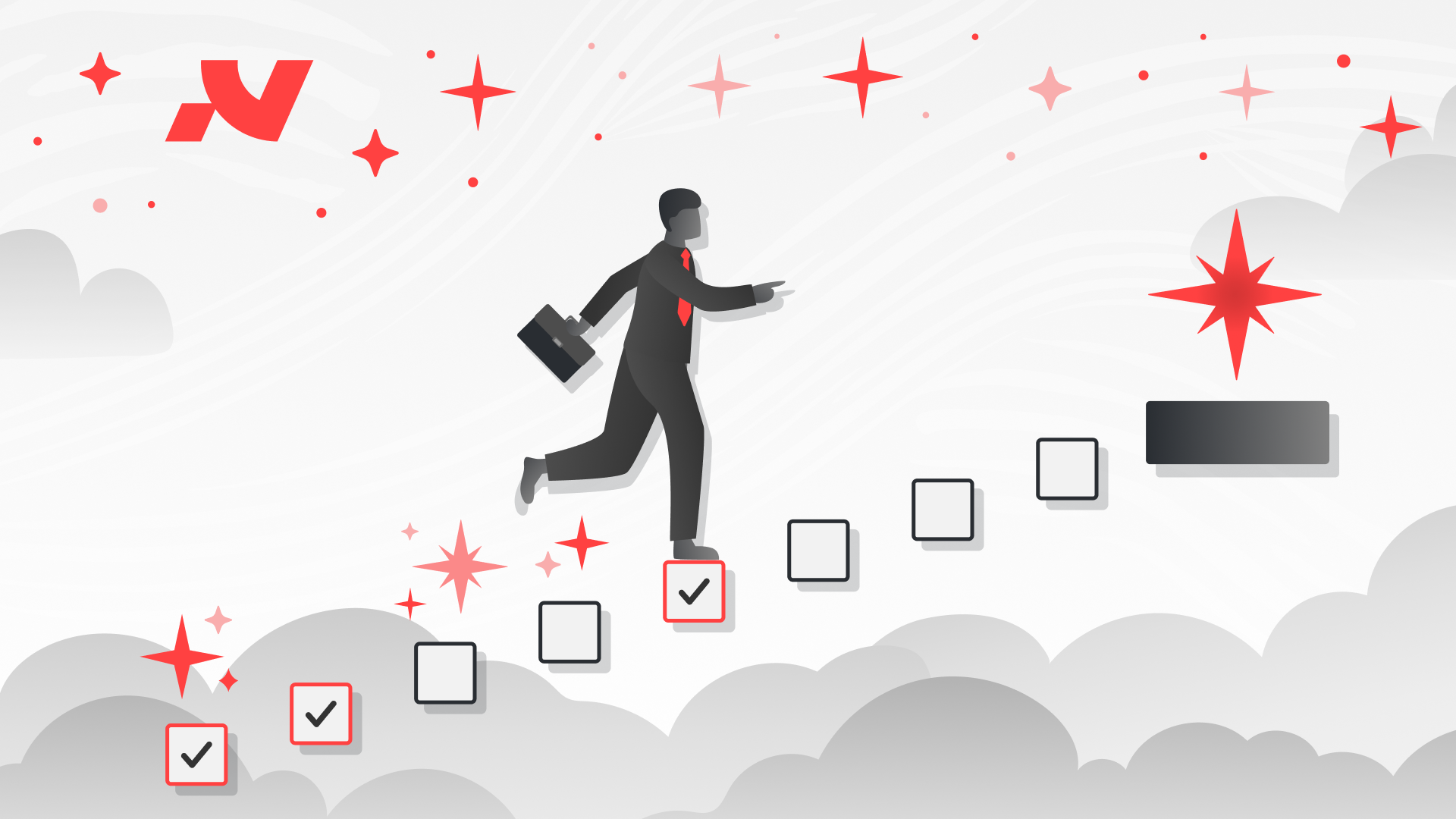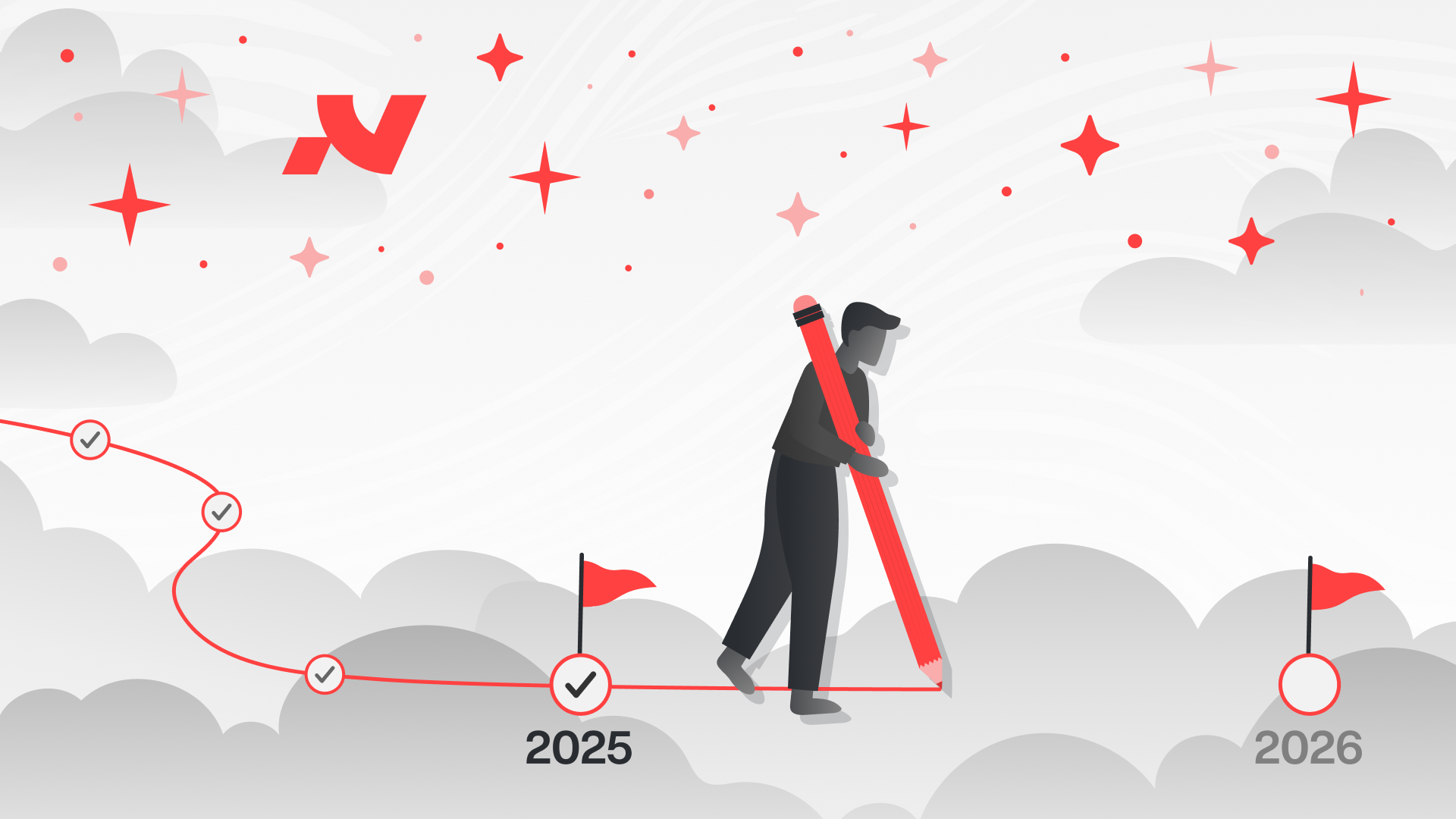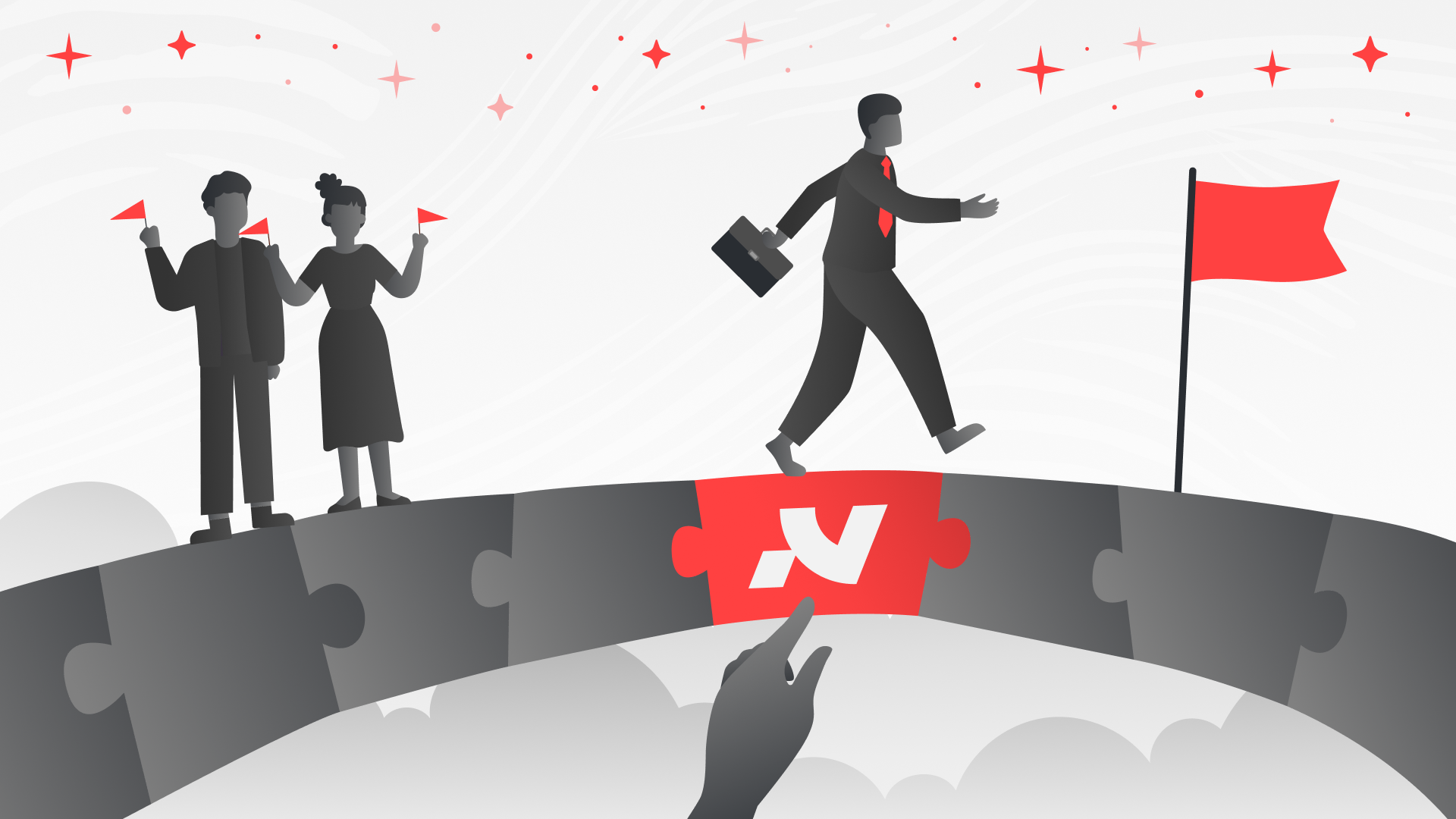The Age of AGI
.avif)
AGI Isn’t Coming - It’s Practically Here
If you haven’t read the last three entries -
The New Creative Stack, Automation is Not the Enemy, or You’re Not Ready for What’s Coming - pause here and catch up.
They lay the foundation for what we’re about to rip apart.
But if you're up to speed, welcome to the deep end.
Because this one’s not about design, code, or even AI.
It’s about everything - work, leadership, economics, creativity, you name it - getting rewritten in real-time.
Recap: Where We’ve Been
We started with a signal:
Design tools are mutating - Figma isn’t just for mockups anymore, it’s morphing into a full-stack creative engine with real implications for workflows, team structure, and traditional agency models.
Then we zoomed out:
Design as a role is evolving. Static outputs are dying. Problem-solving, brand translation, and speed are becoming the new value props.
And then we hit you with the real punch:
AI is moving exponentially, not linearly. You don’t have quarters or years anymore - you have months to adapt before irrelevance catches up.
Now, let’s crack open the final vault.
So What’s the Difference Between AI and AGI?
AI as you know it - ChatGPT, Midjourney, Bard, Claude - is what’s called narrow AI.
- It’s good at one task.
- It has limitations.
- It doesn’t truly understand context.
AGI - Artificial General Intelligence - is a different beast altogether.
It can:
- Reason
- Strategize
- Make decisions
- Adapt to entirely new domains without retraining
It won’t just write your emails.
It’ll figure out your business model.
It won’t just answer your question.
It’ll challenge why you asked it in the first place.
It’s not a tool.
It’s a thinker.
The Timeline No One Wants to Acknowledge
Here’s where most people go wrong:
They think AGI is still a decade away.
But look at the trajectory of GPT:
- 2018 - GPT-1 (basic language understanding)
- 2019 - GPT-2 (“too dangerous to release”)
- 2020 - GPT-3 (usable but unreliable)
- 2022 - ChatGPT (mainstream explosion)
- 2023 - GPT-4 (image input, complex reasoning)
- Late 2023 - GPT-4 Turbo (more power, less cost, massive context window)
- 2025 - Already whispers of GPT-5… and beyond
Each generation leapfrogs the last not just in accuracy, but capability.
Not incremental - exponential.
And let’s not ignore the rest of the race:
- Anthropic with Claude
- Google DeepMind with Gemini
- Meta releasing open-source behemoths
- xAI aiming for truth alignment
We’re not looking at 2035.
We’re looking at 2026 or sooner.
From Workflow to Workforce: Collapse Is Coming
Let’s be blunt.
If AGI hits the public space in any practical way, we’re going to see a mass decimation of operational waste:
- Internal departments? Condensed.
- Vendor reliance? Slashed.
- 12-week timelines? Reduced to 2 days.
- Strategy teams? Replaced with real-time multi-agent systems.
You’ll no longer need:
- A strategist
- A copywriter
- A designer
- A dev
- A PM
... to launch a product.
You'll need a clear vision and a few high-context prompts.
We’re already seeing autonomous AI agents like Devin executing multi-day development tasks. Give it six months and that’ll feel like a toy.
The Bigger You Are, The Harder You’re About to Fall
Let’s talk about enterprise.
You know the drill:
- 15-person sign-off chains
- Vendor management platforms
- HR bottlenecks
- Procurement hurdles
- “We’ll revisit this next quarter”
They move slow because they’re designed to move slow.
And the "if it ain't broke, don't fix it" mindset has calcified their processes.
They’re optimized for stability, not speed.
But AGI?
Doesn’t wait.
The speed of execution we’re talking about will render these structures obsolete overnight.
Startups with small, AGI-augmented teams will ship 10x faster and at 1/20th the cost.
This isn’t hypothetical.
It’s happening right now.
Remember the Internet Boom? This Is Faster. Way Faster.
Let’s drop the stats:
- The internet took ~7.5 years to hit 100M users.
- Smartphones took ~16 years.
- Electric vehicles? Over a decade.
ChatGPT?
1M users in 5 days
100M in 2 months
1B estimated by end of 2025
This isn’t a curve.
It’s a vertical climb.
You’re not onboarding into the future - you’re already late to it.
And Yet... Most People Are Still Ignoring It
Why?
- It’s overwhelming
- It’s abstract
- It threatens everything we’ve been taught to value: expertise, hierarchy, years of experience
But the truth is this:
The better you are at the old way of working, the more risk you carry.
Because you’ll defend it.
You’ll cling to it.
You’ll resist change instead of adapting.
This is where founders, creators, and systems thinkers win.
Because they ask: “What’s actually possible now?”
This Isn’t a Toolchain Shift - It’s a Civilization Shift
AGI doesn’t just mean:
- Better tools
- Faster output
- Cheaper labor
It means:
- Entire career paths disappear overnight
- Entire markets open in days
- Entire industries reinvented from scratch
You won’t have time to "see how it plays out."
The moment it lands, it will land everywhere.
TL;DR: You’ve Got 12 Months. Maybe Less
If you’re still relying on the same team structure, same process, and same assumptions from even 2022, you’re already falling behind.
AGI is real.
It’s close.
And it’s coming for everything.
So what do you do?
- Don’t wait for mainstream adoption - beat it.
- Stop optimizing old workflows - rebuild them.
- Embrace the discomfort of unlearning.
Adapt like your career depends on it - because it does.


